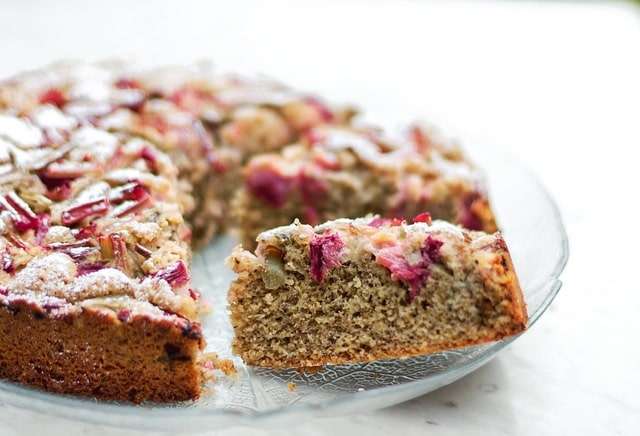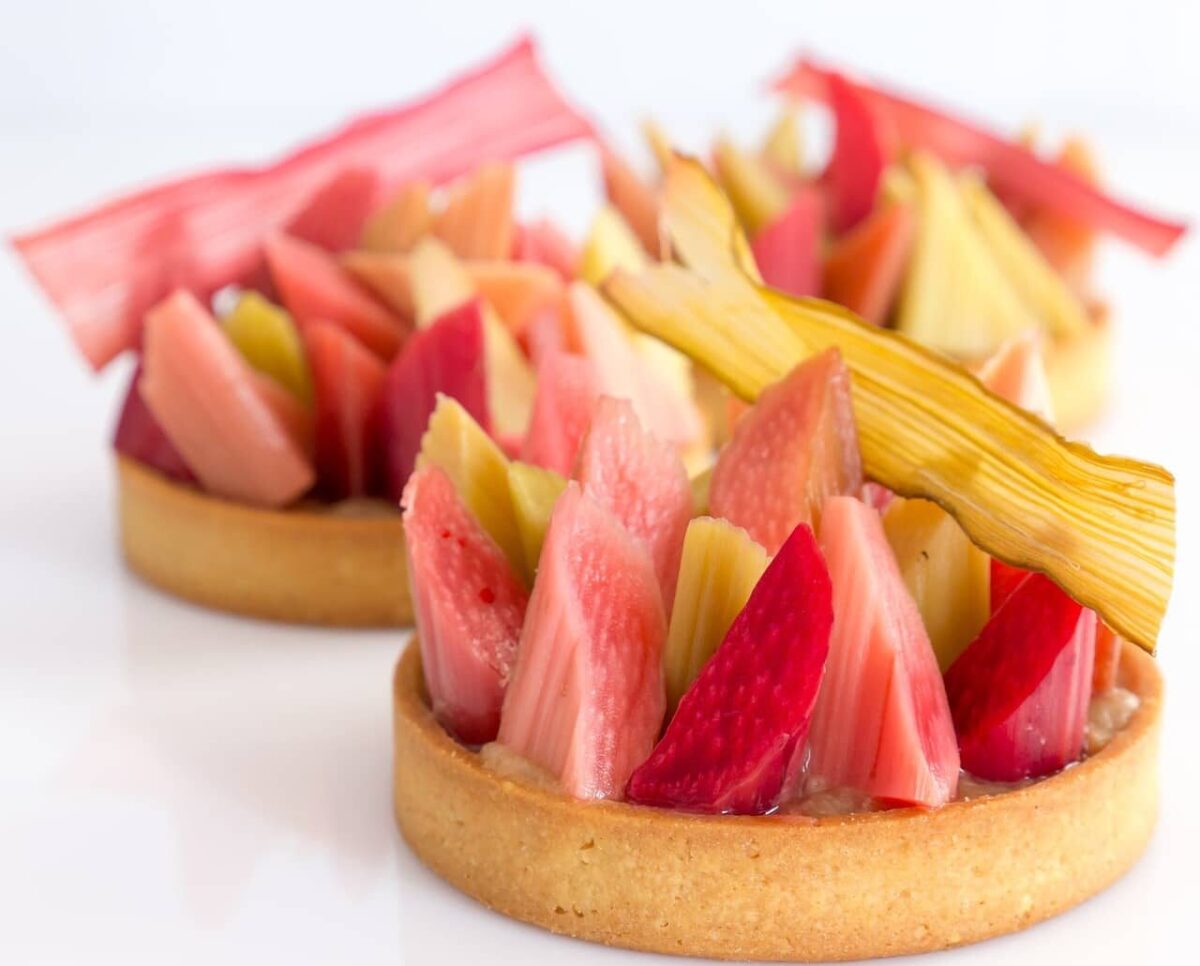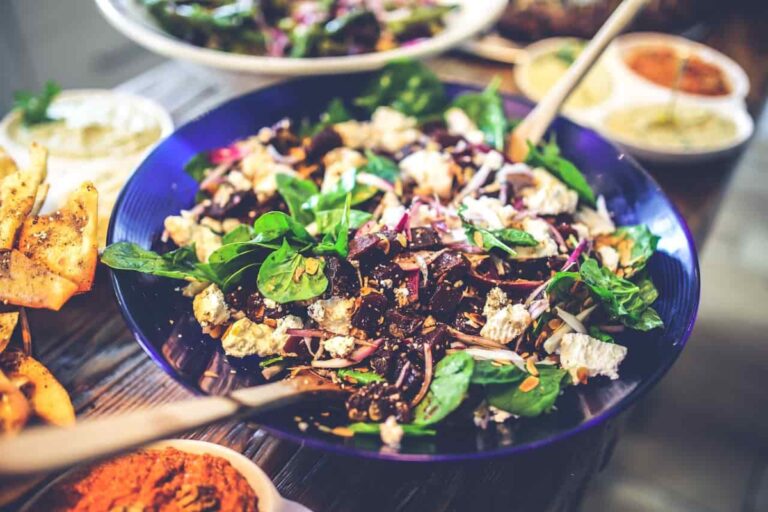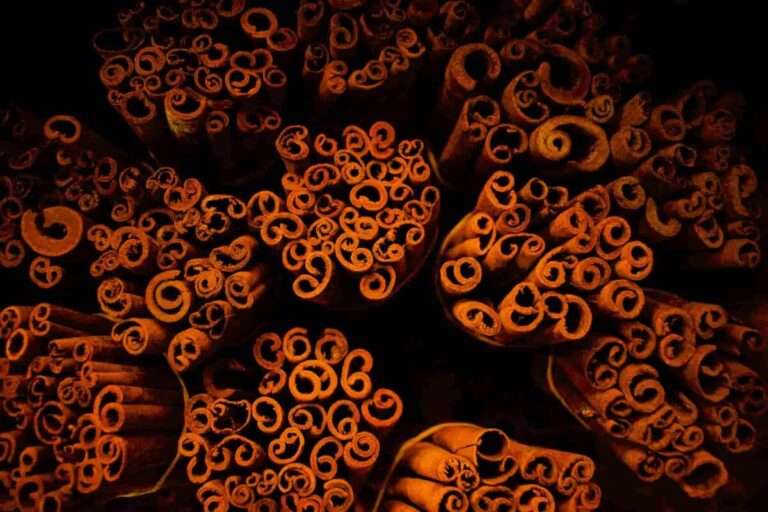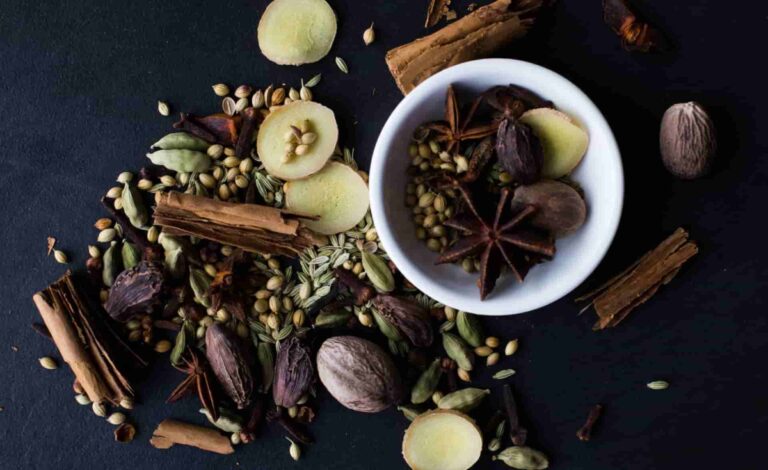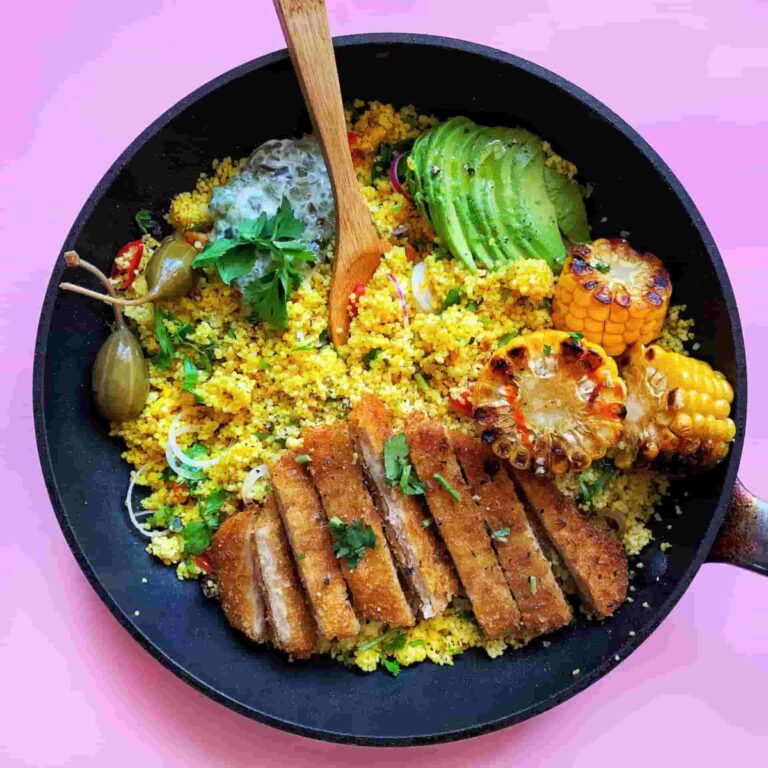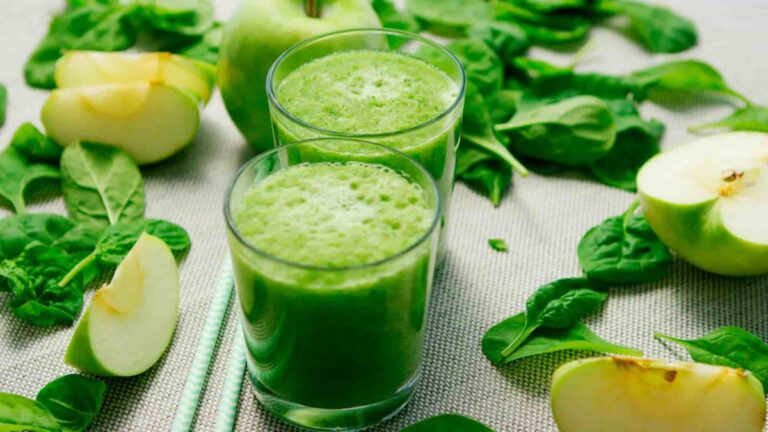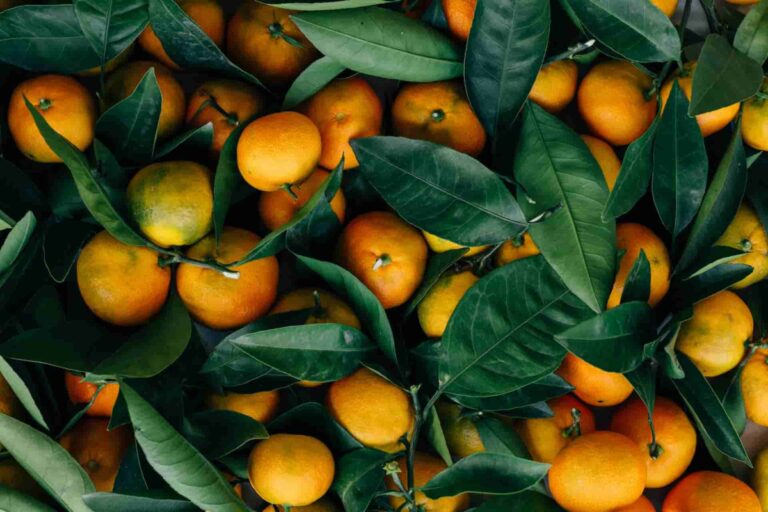32 top rhubarb kitchen insights and benefits
Did you know that up until the 18th century, rhubarb was widely considered to be nothing more than a plant used for medical purposes?
- It wasn’t until the next century that sugar was exploited as a food in England, and only after that did it spread to the rest of Europe. This is due to the fact that sugar is required in order to lower the acidity of the petiole, which was discovered in the previous century. Within a few decades of its introduction into Europe and North America, rhubarb’s medicinal benefits had largely been abandoned, and the plant was now mostly grown for its delicious stalks. Rhubarb was first brought to Europe and North America to treat a variety of medical conditions.
- The Rhubarb Triangle in West Yorkshire, England, is home to around 90 percent of the world’s most succulent rhubarb. It was originally done in England, not only for medical reasons but also for human consumption of rhubarb. The rhubarb cultivar known as Victorian Rhubarb was simple to cultivate, dependable, and reliably sweet and delicate throughout the growing season. From there, the making of jams, jellies, custards, and tarts got underway.
- The word “rhubarb” comes from the word “barbarian root.” It derives from the Greek word rha, which means “barbarian.” The Greeks were the first people to learn about the plant that we now name rhubarb; its roots had been imported from China at a significant financial cost. The ancient Greeks regarded the new plant as an alien species, and it seems reasonable that anything that originated outside of their society would have been deemed barbaric by them.
- Is rhubarb a fruit or a vegetable? Cooks and gardeners have been at odds for a long time on that one! It is considered a vegetable from a botanical standpoint since humans cultivate it for the purpose of eating the leaves rather than the “fruit” it produces. However, due to the fact that it is often cooked and used in desserts (such as pies, compotes, and crumbles), a territory that is traditionally dominated by fruits (such as strawberries and apples), many people consider it to be a fruit. In some regions, people really refer to it as the “pie plant.”
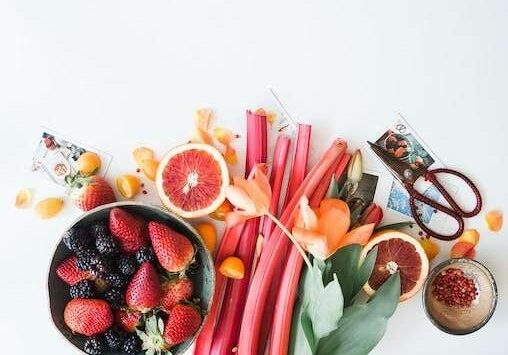
Rhubarb nutrition values and health benefits
- If you take a whole cup of rhubarb, you will get at least 40% of the vitamin K that you need for the day. Rhubarb is a good source of vitamin K. In addition, rhubarb is an excellent source of vitamin C, delivering 11% of the recommended daily amount per 100 g.
- Other vitamins included in rhubarb include vitamin A (which provides 5% of your daily requirements), vitamin E, thiamin, riboflavin, niacin, and folate (all of which provide 2% of your daily needs), and folate. Vitamin B6 and pantothenic acid are present, albeit in much lower concentrations.
- The mineral content of rhubarb includes potassium and calcium (giving around 8% of your daily requirements for each), as well as manganese (offering at least 10% of the needs of adults). Magnesium, selenium, phosphorus, zinc, copper, and iron are present, albeit in much lower concentrations than the other elements.
- It’s possible that the fibre in rhubarb will help you lower your chance of developing cardiovascular disease. Consuming foods that are high in fibre may improve heart health by assisting the body in preserving normal levels of cholesterol.
- Numerous research studies have been conducted on the topic of fibre consumption and the implications that it has for different types of cancer. There has been a lot of research done on colon cancer, and a lot of that research suggests that a greater intake of dietary fibre is connected with a decreased risk of colon cancer. This is a special area of interest.
- An ongoing study is being conducted to investigate the effect that vitamin K has on bone health, particularly with regard to the prevention of osteoporosis. The medical disorder known as osteoporosis causes the bones to become porous and weak. According to the National Institutes of Health, certain studies, but not all of them, have established a relationship between greater consumption of vitamin K and better bone mineral density and/or a reduced risk of hip fractures.
- When ingested as food by adults, the root and rhizome of rhubarb are probably harmless, but the leaves and potentially the stems are poisonous. It is well known that the leaves of rhubarb contain oxalic acid, which is known to cause problems with the kidneys.
- Rhubarb is low in carbohydrates, but it is often used in recipes that include a lot of sugar. Therefore, those who are following low-sugar or low-carbohydrate diets in order to treat a medical condition should pick recipes carefully, seeking ones that have less added sugar.
- Consuming foods that are high in fibre may assist in the maintenance of a healthy digestive tract. Fibre is known to increase stool bulking, which simply implies that it assists your body in producing stools in order to eliminate waste more effectively. Studies have indicated that increasing the amount of dietary fibre that you consume may help those who suffer from constipation have more frequent bowel movements. You need to drink more water if you want the fibre in the foods you eat to have any impact.
100g of rhubarb has 21 calories (87kj), 0.9g protein, 0.2g fat, and 4.5g carbs, including 1.8g fibre.

How to store rhubarb and how to buy them
- Before we get into the different storage choices and how long they should be kept for, I want to make sure you are aware that any leaves should be trimmed off and thrown away before you store them. You should probably know this, just in case the rhubarb you bought comes with leaves and you haven’t removed them yet. It is OK to leave your stalks out on the counter or in the cupboard if you just need them to last for a few days (say, two to four days).
- Refrigerating rhubarb is the only way to keep it fresh for an extended period of time. Putting it inside a plastic bag is one option for achieving that goal. In this manner, the quality of the vegetable ought to be preserved for around two weeks. Make small holes in the bag so that the ethylene gas, which is what causes fruits and vegetables to mature, may escape. This will prevent your rhubarb from ripening too rapidly and becoming overripe.
- Another method for prolonging the shelf life is to wrap the stems in a moist towel before storing them. In this manner, they won’t dry out quite as quickly. The one and only drawback is that you have to wet the cloth once every few days in order to maintain the appropriate level of humidity.
- There are some additional steps involved if you wish to freeze fresh rhubarb, so keep that in mind. You may approach it in the following ways:
- First, wash it, then cut it, and then shape it. In essence, you should get the rhubarb ready in the same manner as if you were going to use it in the dish you’re going to use it in later. Before moving on, check to see that the rhubarb has been sufficiently dried.
- Place the sliced rhubarb in storage bags or containers that are suitable for the freezer. Every one of them ought to have sufficient leftovers for use in a later dish. Because the parts will cling together after being frozen, packaging them in this manner eliminates the need to deal with that issue later. After completely defrosting the container, you are now ready to proceed.
- Simply place the bag or container in the freezer, and you are through with this step.
- Rhubarb that has been frozen and then thawed works best in recipes that need it to be cooked (such as soups and stews) or baked (such as pies).
- According to what you’ve read, it’s possible that the rhubarb went bad after being stored for a long time. To help you decide whether or not you need to get rid of it, here are some pointers:
- Rhubarb is a vegetable, so it ought to have a clean aroma; on the other hand, if rhubarb smells stale or mouldy, you should toss it out and acquire some new.
- Is mostly a deep crimson, although the stalks may sometimes have a tinge of pale green here and there. If the skin begins to darken to a brown or even black colour, or if you notice areas of dark grey on it, this is a certain sign that it is rotting.
- You can get away with chopping off the end of the stalk if there is just a little amount of mould on it, like a few spots. You should get rid of it as soon as it begins to spread and move up the stem once it reaches that point. Mould will generally appear as tiny black, white, or green specks when it first starts to grow. You will also discover that mould presents itself as white fir; although you may not be able to see it, you will definitely be able to feel it.
- When fresh rhubarb is pressed, it should have a firm consistency. The product has passed its sell-by date if it shows any evidence of softness or tenderness. If has become fully mushy, there is no need to touch it to determine whether or not it has gone bad; this is a clear indicator that the rhubarb has gone bad, and you should immediately throw the stalks away in the garbage.
- Although most people bake a pie with their rhubarb, you may eat it raw if that’s what you like. It has a flavour that is often described as sour, and the stalks need to be crisp. If the rhubarb has gone bad, you will be able to tell because it will no longer have a crunch to it, and instead of having a sour flavour, it will have a bitter one.
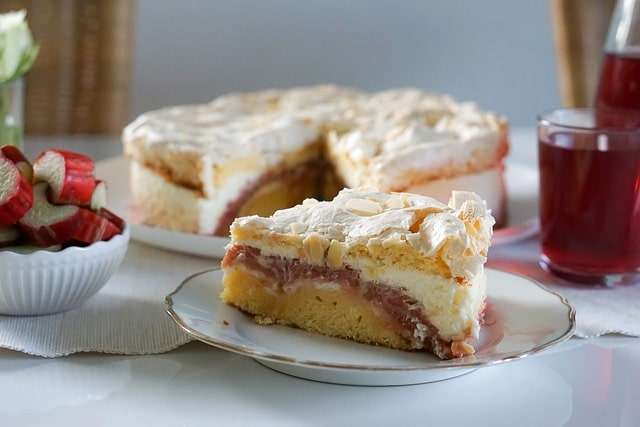
Cooking techniques, secrets, and tips from the kitchen
- There are a great number of distinct varieties of rhubarb, some of which include green stalks that, when cooked properly, take on a surprisingly delightful flavour. The older, more traditional kind of rhubarb has stalks that are thicker and greener. The more brightly coloured, thin-stalked variant of rhubarb, commonly referred to as hothouse rhubarb, has stalks that are more vividly coloured and are narrower. Both types are frequently found in markets and larger grocery stores. The concentrated colour suggests that the stalks have a greater degree of acidity, despite the fact that meals made with the dark red stalks are unquestionably more lively and aesthetically attractive. The greener stalks have a softer flavour, which has a wonderful combination of sweetness and bitterness.
- Because of the poisonous nature of the leaves, it is imperative that they be removed and discarded as soon as possible. Thoroughly wash the stalks and remove any dried ends by cutting them off. You should resist the urge to tear the fibrous skin off the stalks as you cut them, despite the fact that it may be quite tempting to do so. The skin contributes a tremendous amount of flavour and colour to the whole product. Two distinct changes take place in the cooking process:
- After some time, its secretions become more viscous, and it eventually crumbles, leaving behind jagged remains of translucent fibres. When rhubarb has been cooked for an extended period of time, it develops a consistency similar to that of jelly. This makes it an excellent ingredient for producing rhubarb jam, in addition to chutneys and compotes.
- It loses a lot of its appeal when it is cooked in a stir-fry or when it is arranged on a pie. May be cooked in a short amount of time to get pieces that are soft but still cohesive, have a robust flavour, and have a natural sheen that is glossy. Raw is characterised by a very acidic taste, which the vast majority of people find off-putting. Because of this, it is almost always prepared with sugar in order to counteract the sour flavour that is imparted by the veggies.
- It should come as no surprise that rhubarb crumble is an essential component of classic British desserts, given that it is the stuff of childhood memories, school dinners, and comfort food. In most recipes, rhubarb is cooked in a stew, but before being served in this dish, it is roasted in the oven with a little orange juice and vanilla flavour. Roasting the rhubarb helps to keep its vivid colour while also increasing the flavour, which results in a custard that is not only tasty but also memorable. Serve the crumble with a generous helping of custard or vanilla ice cream, if you have some on hand, when the weather is a little bit warmer.
- The tangy flavour of rhubarb is a wonderful complement to the fragrant sweetness of big, ripe strawberries, and the two together produce a dish that is mouth-wateringly good. The consistency of the compote is very much like that of a thick jam. All that is required of you is to bring the fruits together with a little bit of sugar to a boil and cook them until they create a spread that is soft and can be spooned. It is great whether it is served on top of ice cream, pound cake, or even when it is just topped with some fresh strawberries and whipped cream.
- Rhubarb pairs well with a wide range of fruits and vegetables, such as apples, apricots, berries, black pepper, citrus, ginger, nectarine, peaches, plums, and, of course, strawberries. Even though rhubarb is not the easiest fruit to include in cocktails, there are a few different approaches that may be taken to become an expert in the art of rhubarb inclusion.
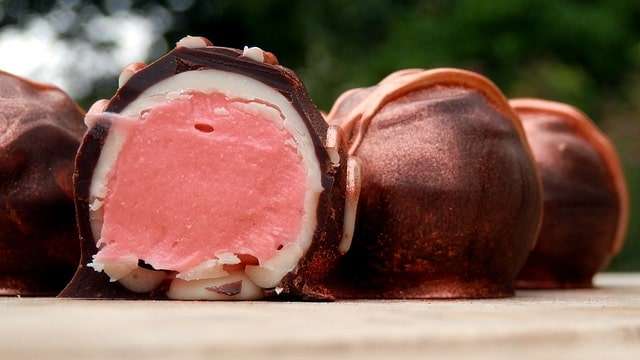
History of rhubarb from the beginning until today
- The Chinese have called rhubarb “the great yellow” and used its root to heal many diseases since ancient times. It’s a medicine in The Divine Farmer’s Herb-Root Classic, collected 1,800 years ago.
- Dioscurides characterised rhubarb as a medicinal root brought to Greece from beyond the Bosporus, but the plant’s economic use wasn’t realised until Islamic times.
- The Silk Road brought it to Europe in the 14th century through Aleppo and Smyrna, where it was called “Turkish rhubarb.” Later, it arrived through new sea channels, Russia, and other routes. The Russian Empire’s quality control system made “Russian rhubarb” the most sought-after.
- Mediaeval European rhubarb was too expensive to transport from Asia. It cost more than cinnamon, opium, and saffron. Marco Polo, a merchant adventurer, searched for the plant’s source and found it in Tangut province’s highlands. “The finest of all commerce arriving in Samarkand came from China: notably silks, satins, musk, rubies, diamonds, pearls, and rhubarb,”, according to Ruy Gonzáles de Clavijo’s 1403–05 journey to Timur.
- The high price of rhubarb and increased demand from apothecaries drove European efforts to grow the different varieties. Planting certain plants in England creates roots. In the 18th century, sugar became more widely used in cooking due to the availability of medicinal plants and the falling price of sugar. Grieve claims the year was 1820 in England. Bruce of Kinnaird, a traveller who first visited the Edinburgh Botanical Garden in 1774, introduced rhubarb to the garden in 1786. 3,000 plants were grown from his Abyssinian seeds.
- John Bartram was growing medicinal and culinary rhubarbs in Philadelphia as early as the 1730s, using seeds from Peter Collinson. The ordinary garden rhubarb became the only rheum in American gardens in 1809 and 1811, when Thomas Jefferson called it “Esculent rhubarb, the leaves good as spinach.”
- Northern Europe and North America slice the stalks and boil them with sugar for a long time. The corn starch-thickened compote may be used in pies, tarts, and crumbles. For jams and jellies, use more sugar and pectin. Cinnamon, nutmeg, and ginger are common spices. In the UK, rhubarb compote is used in pies, tarts, and crumbles, as well as rhubarb fool, a delightful dessert made with whipped cream or custard.
- In 19th-century cookbooks, rhubarb is called the “pie plant” due to its prominent usage in American pies. Some American purists call strawberry-rhubarb pie “a really unhappy marriage.”
